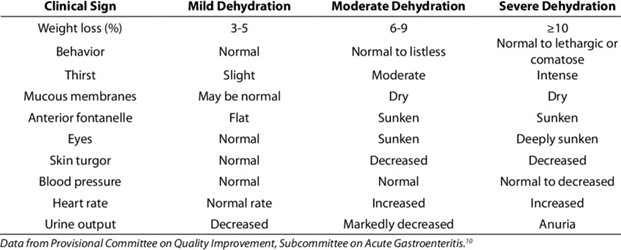A nurse is planning care for a client who has a new prescription for total parenteral nutrition (TPN). Which of the following actions should the nurse plan to take?
Change the IV tubing for TPN solution every 72 hr.
Remove TPN from the refrigerator 5 min before infusing it.
Discard remaining TPN solution that is still infusing after 24 hr.
Change the dressing around the IV site weekly.
The Correct Answer is C
The nurse should plan to change the IV tubing for the TPN solution every 72 hours. This is necessary to maintain the sterility of the system and minimize the risk of infection. TPN solutions are prone to bacterial growth, and changing the tubing regularly helps prevent contamination.
Removing TPN from the refrigerator 5 minutes before infusing it is not necessary. TPN solutions are typically stored in the refrigerator to maintain their stability and prevent spoilage. It should be brought to room temperature over a longer period of time, usually 30-60 minutes, before administration.
Discarding the remaining TPN solution that is still infusing after 24 hours is unnecessary. TPN solutions can typically be infused for up to 24 hours without compromising their safety and efficacy. However, it is important to monitor the solution closely for any signs of contamination or degradation, and if any concerns arise, the nurse should consult with the healthcare provider.
Changing the dressing around the IV site weekly is not specific to TPN administration. Dressing changes for peripheral IV sites are typically performed according to facility protocols and the condition of the site, but they are not necessarily done on a weekly basis. The frequency of dressing changes depends on factors such as the type of dressing used, the patient's condition, and any signs of infection or dislodgement.
Nursing Test Bank
Naxlex Comprehensive Predictor Exams
Related Questions
Correct Answer is D
Explanation
A urine output of 20 mL/hr is considered to be low and suggests decreased fluid intake or fluid loss. In a postoperative client with an indwelling urinary catheter, a low urine output may indicate dehydration, especially if the client is not receiving adequate fluids or experiencing excessive fluid loss.
BUN 15 mg/dL: Blood urea nitrogen (BUN) is a laboratory value that reflects the amount of urea nitrogen in the blood and can be used to assess kidney function and hydration status. A BUN level of 15 mg/dL falls within the normal range, indicating that the client's kidneys are adequately removing urea from the blood. However, it does not provide definitive information about hydration status on its own.
Blood pressure 150/82 mm Hg: The blood pressure reading of 150/82 mm Hg does not provide specific information about hydration status. It is important to consider the client's baseline blood pressure, medical history, and other factors when interpreting blood pressure readings.
Urine specific gravity 1.010: A urine specific gravity of 1.010 falls within the normal range and does not indicate dehydration. It suggests that the concentration of solutes in the urine is within the expected range.

Correct Answer is A
Explanation
Omega-3 fatty acids, specifically eicosapentaenoic acid (EPA) and docosahexaenoic acid (DHA), are mainly found in fatty fish. Since vegans avoid animal products, they may not consume adequate amounts of EPA and DHA. Plant-based sources of omega-3 fatty acids, such as flaxseeds, chia seeds, and walnuts, provide a different type of omega-3 called
alpha-linolenic acid (ALA), which can be converted to EPA and DHA in the body to some extent. However, this conversion is not very efficient, and the amount of EPA and DHA obtained from plant-based sources may be insufficient to meet the body's needs. Therefore, vegan individuals are at greater risk of omega-3 fatty acid deficiency.
Magnesium, potassium, and vitamin A deficiencies are not specifically associated with a vegan diet. These nutrients can be obtained from various plant-based sources. Magnesium can be found in foods such as legumes, nuts, seeds, whole grains, and leafy green vegetables.
Potassium is abundant in fruits, vegetables, legumes, and whole grains.
Vitamin A can be obtained from plant-based sources like carrots, sweet potatoes, spinach, and other dark leafy greens. However, it is important for individuals following a vegan diet to ensure they consume a varied and balanced diet to meet their nutritional needs for these and other essential nutrients.
Whether you are a student looking to ace your exams or a practicing nurse seeking to enhance your expertise , our nursing education contents will empower you with the confidence and competence to make a difference in the lives of patients and become a respected leader in the healthcare field.
Visit Naxlex, invest in your future and unlock endless possibilities with our unparalleled nursing education contents today
Report Wrong Answer on the Current Question
Do you disagree with the answer? If yes, what is your expected answer? Explain.
Kindly be descriptive with the issue you are facing.
